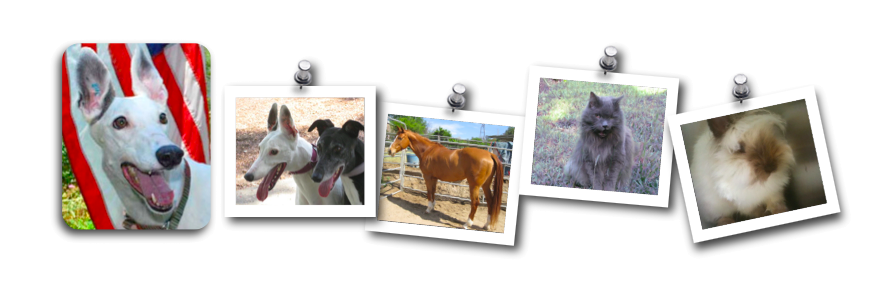This myth is the flip side of the "no pain, no gain" misconception. It's true that relaxation is generally a positive sign that good things are happening. However, I'll give you three thoughts to consider before you decide to use this as a way to judge the effects of a massage.
1. Sometimes important healing processes can be temporarily uncomfortable: physically, mentally or emotionally. A relaxing "sleepy-time" massage may offer certain benefits, but also in some cases be a missed opportunity for addressing deeper issues.
3
Copyright © 2010 All About Animal Massage2. Your animal may be experiencing positive physical effects that might normally make him or her feel a little sleepy, but may be kept alert by something in the environment, or by their expectations of
something about to happen (like a meal or playtime).
3. One form of massage used commonly by athletes (human and animal) is to help prepare the body for physical exertion. This is known as "pre-event sports massage," which can not only help optimize performance, but also reduce the risk of injury. Putting the athlete to sleep would not, in most cases, help their performance!
So as you can see, it's important to consider the goal for each individual massage, and also to be observant of the environment and the animal's perspective. Yawns and deep relaxation are just two of many signs that a massage is "working."
